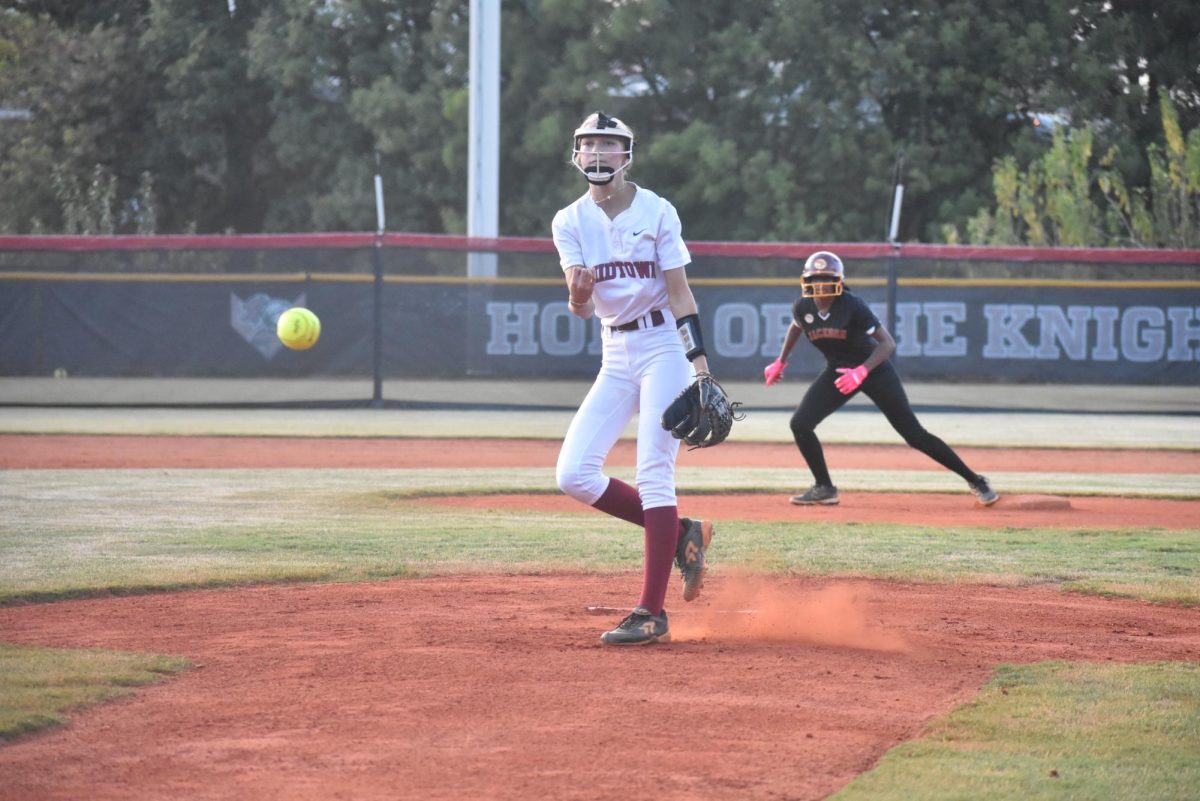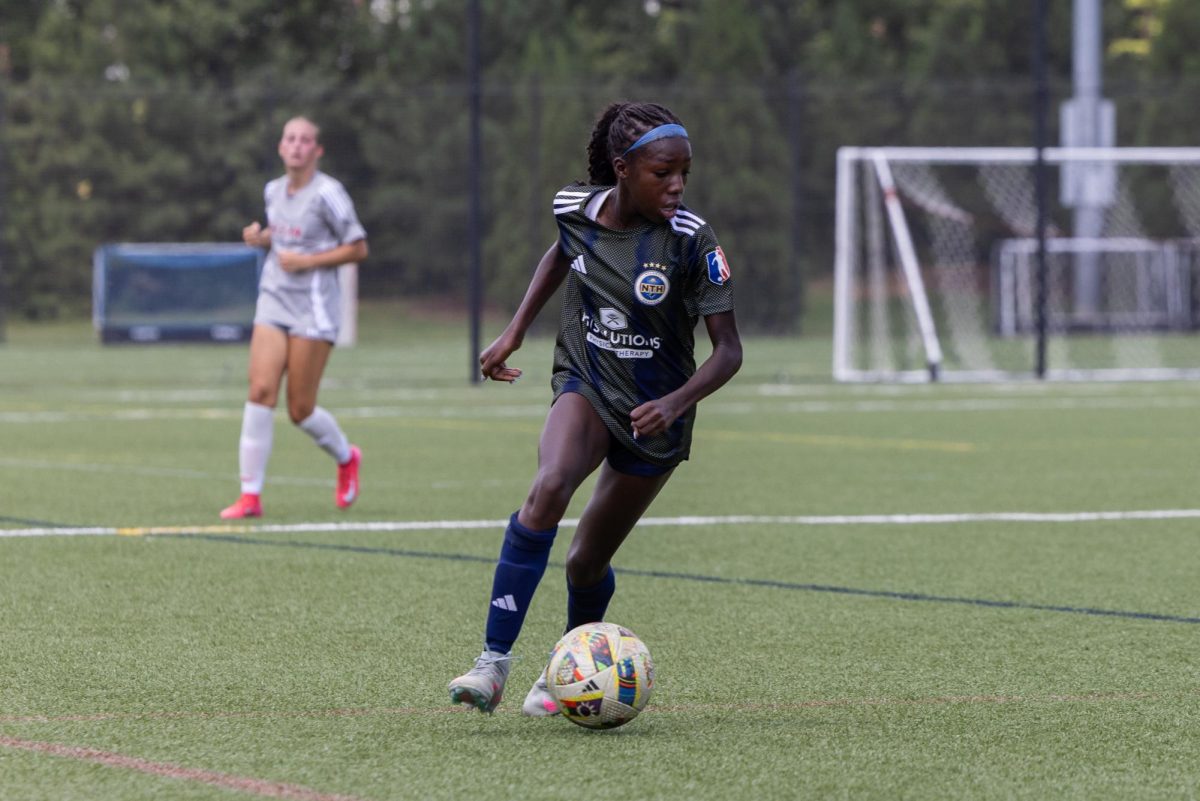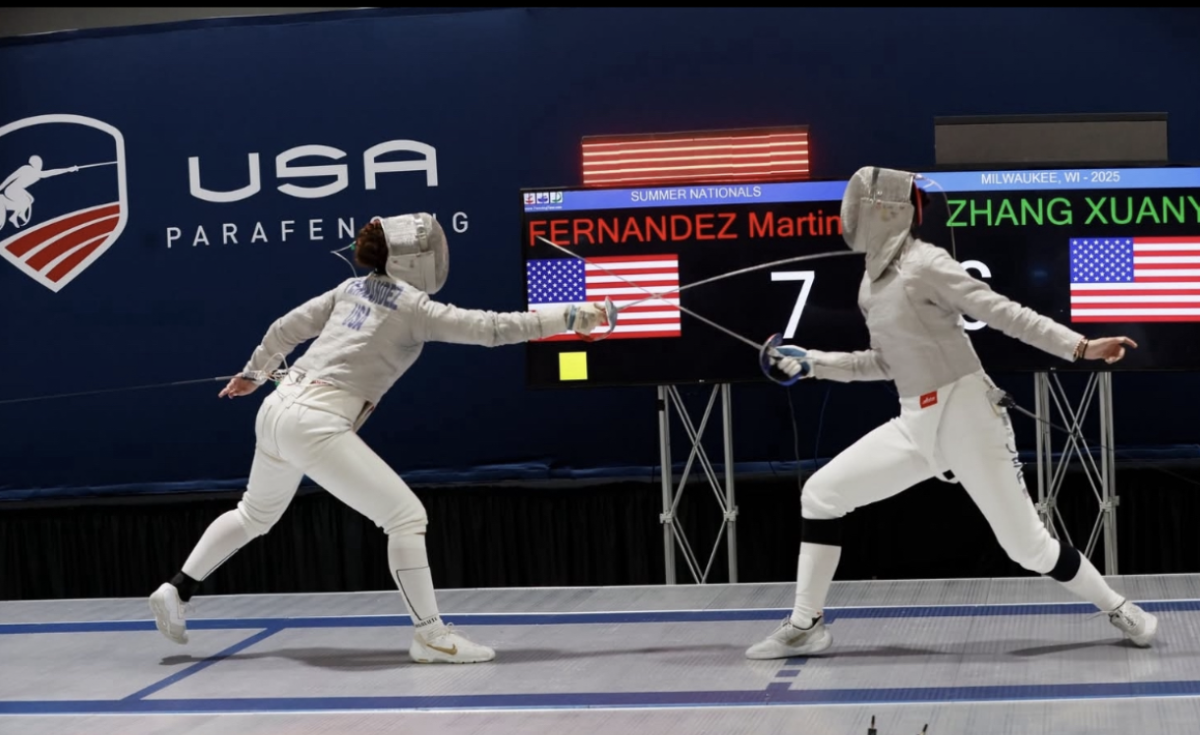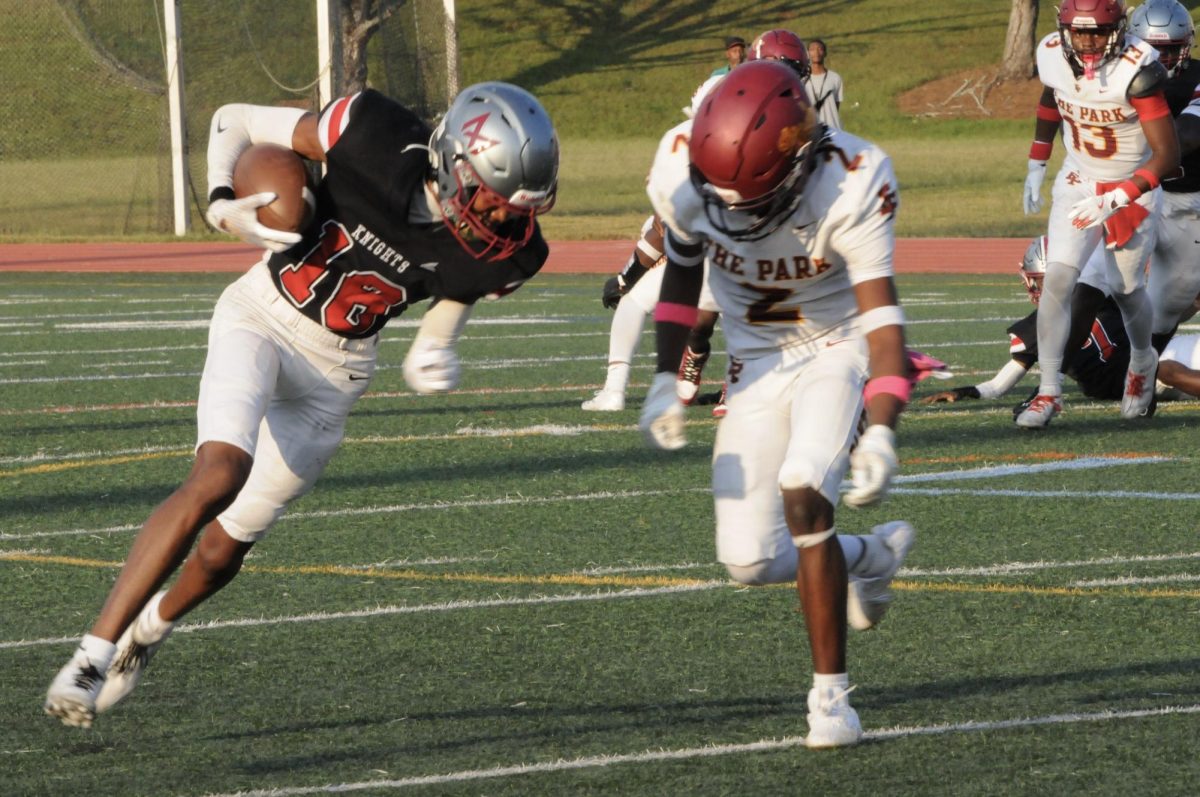The evening of October 28, 1995 marked the first and only world series win by America’s team of the 90s, the Atlanta Braves. Because the Braves’ focus on pitching led to a title, the Braves continued their success by building a lineup around pitching. Hall of Fame pitchers Greg Maddux, Tom Glavine and John Smoltz, stars on the championship winning team, are relics of a forgotten age for the Braves. Pitching no longer single handedly wins titles, as the recent rule changes have almost always favored hitters. Rather than reusing an old blueprint, the Braves should look towards a strategy better suited for today’s game.
The Braves organization has put into effect a twofold restructure plan, yet it constantly contradicts its greater purpose, a competitive team. They’ve put an emphasis on trading star field players Jason Heyward, Justin Upton and Evan Gattis for prospects. The decision to trade All-Star closer Craig Kimbrel had merit. An elite closer is highly valued asset in a competing team; but he has no value to a rebuilding team. In order to drop salary costs, the Braves traded Craig Kimbrel with the condition that the San Diego Padres also take Melvin (BJ) Upton Jr. However, the Braves did not obtain a fair return for their players. The Braves acquired prospects Jordan Paroubeck and Matt Wisler, a draft pick, and the remaining contracts of Cameron Maybin and Carlos Quentin, which totals $24 million. This strategy of rebuilding hasn’t been consistent; the Braves signed Nick Markakis, an aging outfielder recovering from neck surgery, to a $44 million contract. While Markakis has played well, he isn’t a priority to rebuilding team at 31. The Braves are paying him $44 million for four years, and Melvin Upton Jr has $46.35 million for three years remaining. Keeping Upton would have only cost the organization $2.35 million more. The remaining contracts of Quentin and Maybin easily skew more costs towards the Braves. Rather than cutting all ends with Upton in order to sign other veterans, the Braves should have found a more profitable trade for Kimbrel. This plan would keep Upton, a seasoned veteran, to help the newer players adapt no matter his performance.
As the All-Star break approached, the Braves were sitting just below a .500 record due to tremendous performances by Freddie Freeman, Andrelton Simmons and Shelby Miller. The addition of other aging veterans like Juan Uribe and Jonny Gomes shows uncertainty and disorganization on the organization’s part. The Braves must decide whether to focus on the future or to compete now, not blind hope.
The team also needs to plan on creating a successful transition to Suntrust Park. While the transition leaves most of the fanbase unhappy, Suntrust Park has potential for way more revenue. The Braves recently signed a $500 million television rights deal which goes hand in hand with their announced move. The Braves project that most of their stadium revenue will come from residents of northern suburbs, and television access to games will be required in more densely populated areas. This ploy of maximizing revenue jeopardizes city fans. The Braves need to offer more incentives for them in the form of season ticket deals or TV discounts.
In order to justify the long commute to Suntrust Park, the organization planned a major retail overhaul of the new area. This renovation should both boost revenue and add more entertainment to a barren plot of land. This plan will only work if there is quick and reliable transportation. Otherwise, a large amount of Braves fans are going to resort to their TV screens, hoping witness the next world series title.





